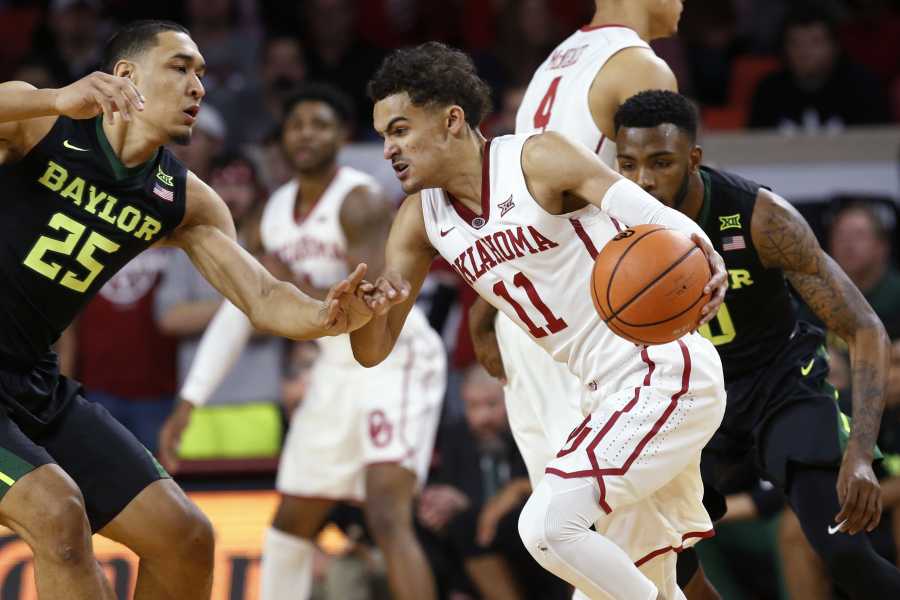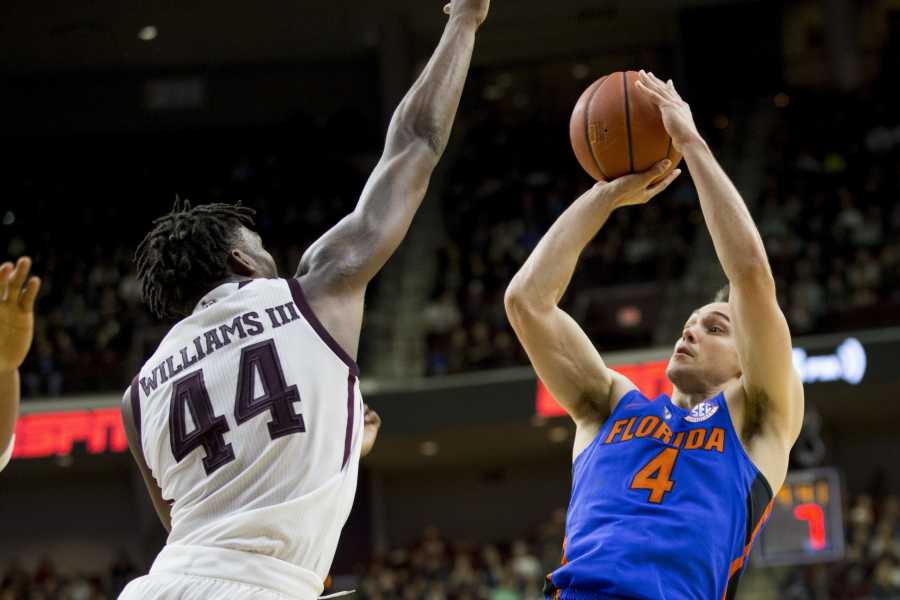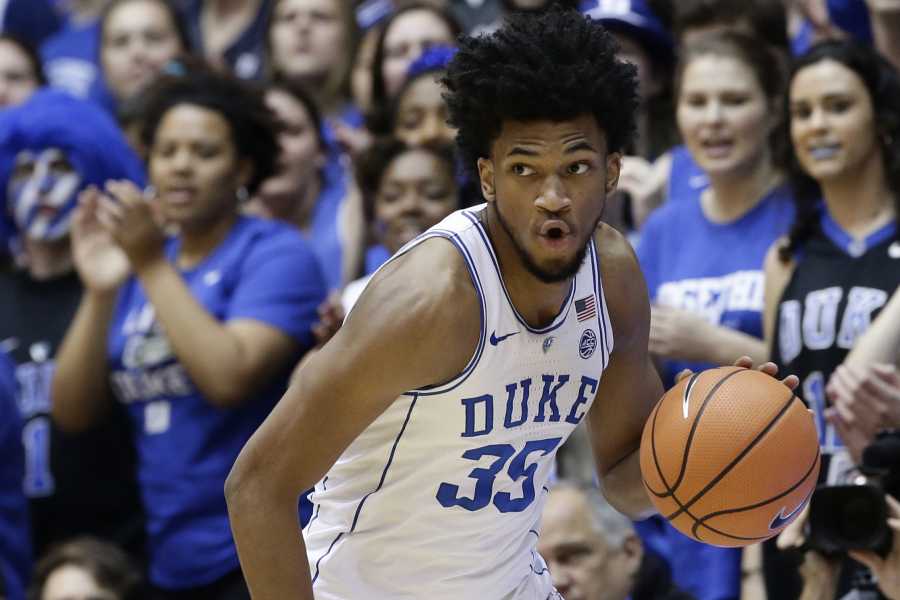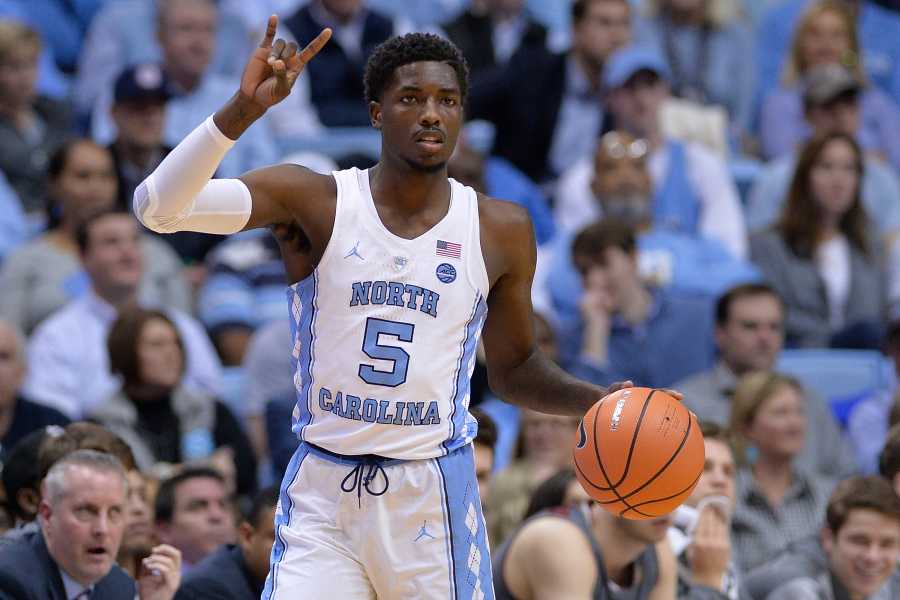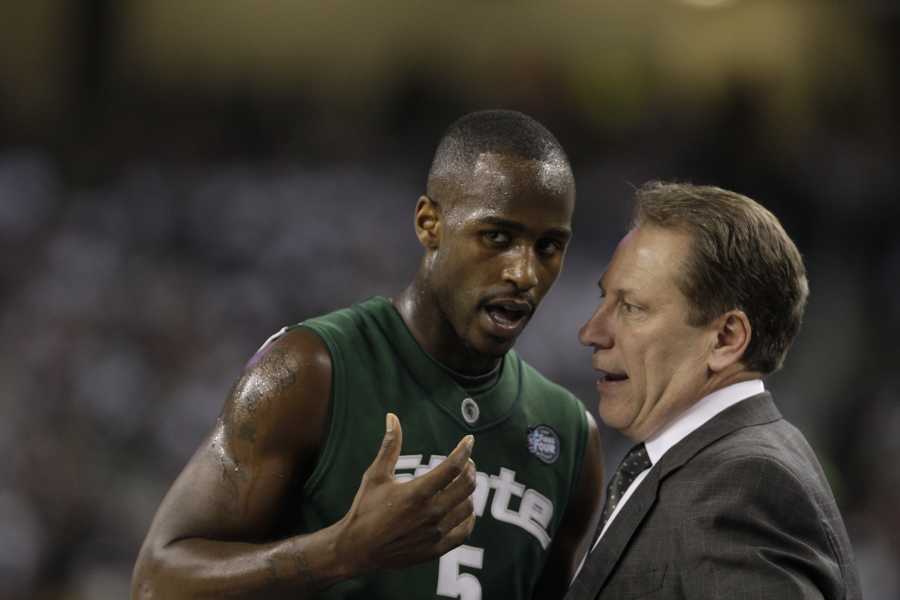Last fall, a few weeks into his Oklahoma basketball career, Trae Young realized he had to change his game-day routine. Not for the contests he plays in, but rather, the ones he attends.
Young has been a staple in the bleachers at Oklahoma City Thunder games since his parents purchased season tickets nearly a decade ago. Most nights, he’d show up about 10 minutes before tipoff, stop by the concession stand for some chicken fingers and then slip into his seat nestled above the Thunder tunnel just before the national anthem.
These days, though, Young must arrive at Chesapeake Energy Arena early.
Really early.
“It takes him a half-hour just to get through the door and down the aisle,” Trae’s mother, Candice, says. “Everyone wants to talk to him or get an autograph. The people who’ve had the seats around us for years are like, ‘I can’t believe that’s the same kid who’s been sitting next to us all this time.’”
Such is life nowadays for Young, a freshman who’s spent the past three months atop college basketball’s leaderboard in both scoring (29.6 points per game) and assists (9.6).
Considering he was a star just down the road at Norman North High School, Young—a guard who averaged 41 points as a senior—had gotten a taste of being a local celebrity before he ever signed with the Sooners.
But now the buzz has gone national, with Young quickly becoming your favorite player’s favorite player.
“When I turn on the game, [I'm] just watching him on the floor, where he is at all times. That kind of magnetism is pretty special.”
— Steph Curry on Trae Young
LeBron James posted a picture of himself and Young along with some words of encouragement on Christmas Eve (Young gained 5,000 Instagram followers soon after). Chris Paul is regularly at the other end of Young’s FaceTime chats, and recently, Stephen Curry sang Young’s praises to reporters at a post-practice media session.
“He’s unbelievable,” Curry said. “I call it ‘the flair.’ … When I turn on the game, [I’m] just watching him on the floor, where he is at all times. That kind of magnetism is pretty special in the college game.”
The praise from Curry surprised Young, considering the two have never met. Yet they are often connected, as college basketball analysts call Young the next Curry, mainly because of their shared ability to score from long range. When Young was in high school, he filled the memory on his family’s DVR to capacity with recordings of Golden State Warriors games.
Still, as much as he appreciates the comparison to Curry, Young also backs away from it.
“I’m definitely humbled by it,” Young says. “But ultimately I want to be my own self. I want people to say that I’m something new, something different. Something they’ve never seen before.”
At 19 years old, Young is poised to make that happen. At least at the collegiate level.
Only one freshman has ever won the NCAA scoring title, and just twice has one ranked first in assists. The 6’2” Young is on pace to accomplish both as he churns out performances that have made Sooners contests must-watch television.
Game after game, it seems, Young finds a way to one-up himself.
His 22 assists against Northwestern State tied a major-conference record. He has eclipsed the 30-point barrier seven times and tied a Big 12 single-game record with 48 points at Oklahoma State. Pegged as a fringe second-round selection entering the season, Young is now projected as a top-10 pick in this summer’s NBA draft.
If there were ever a shoo-in for National Player of the Year honors, Young is it.
ESPN commentator Fran Fraschilla has been predicting big things for Young since he watched him play as a seventh-grader on the AAU circuit.
“I know he was really good and that he was underrated by all of the recruiting experts,” Fraschilla said. “But even I couldn’t have imagined he’d be putting up these kind of numbers at the Division I level. I’m amazed just like everyone else.”



